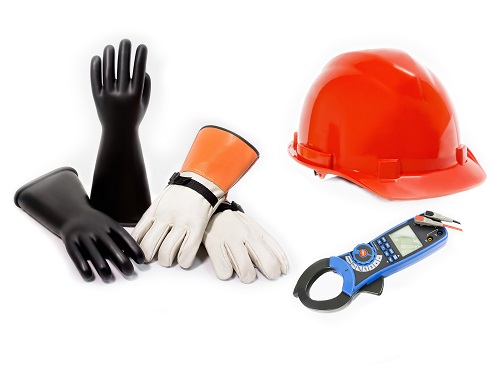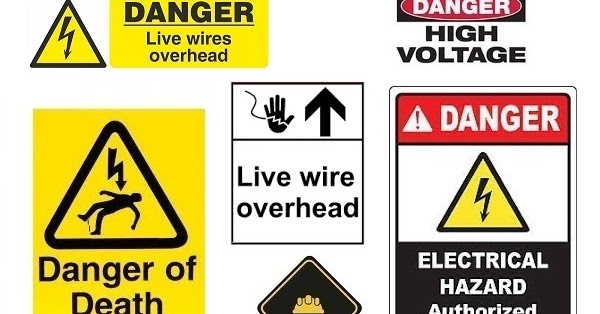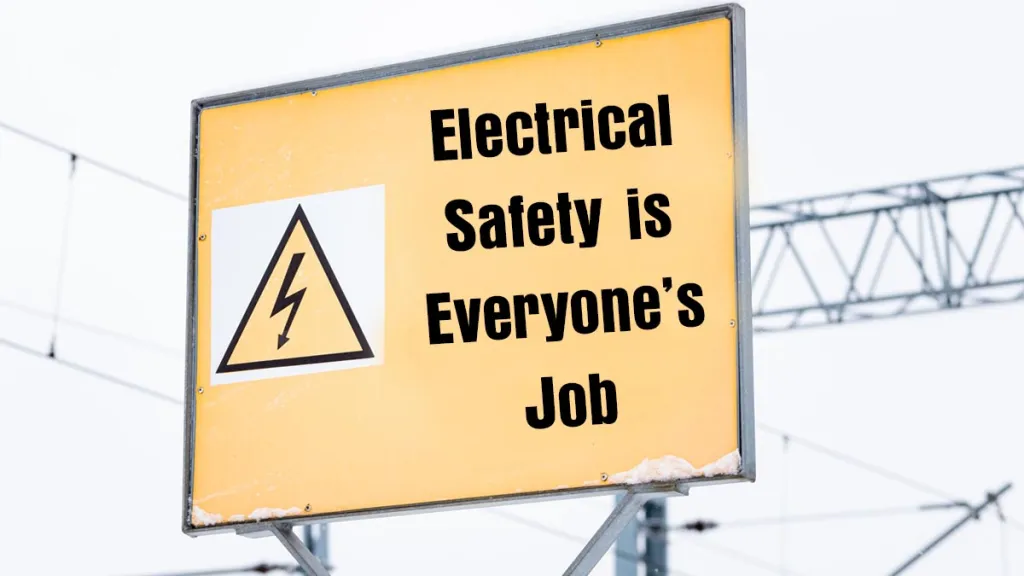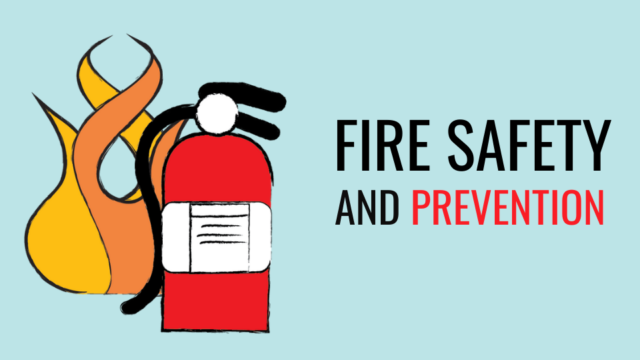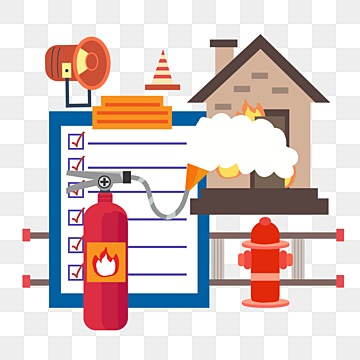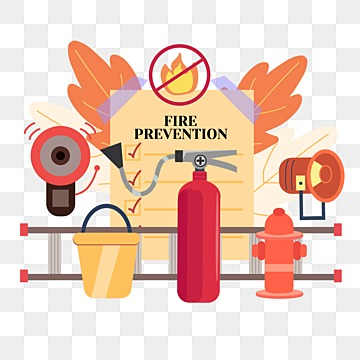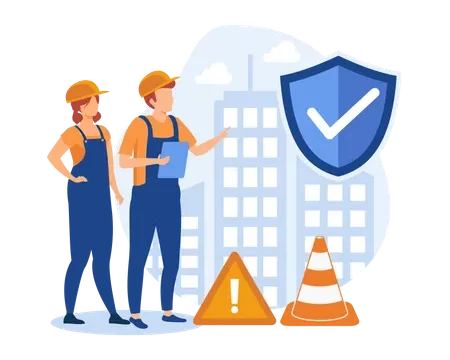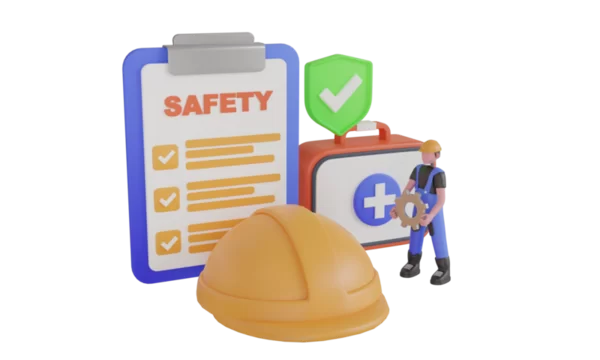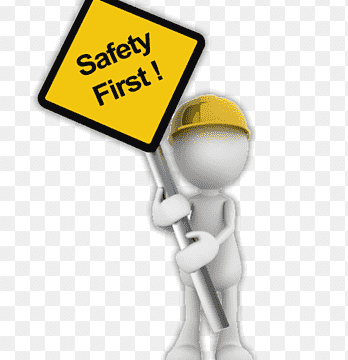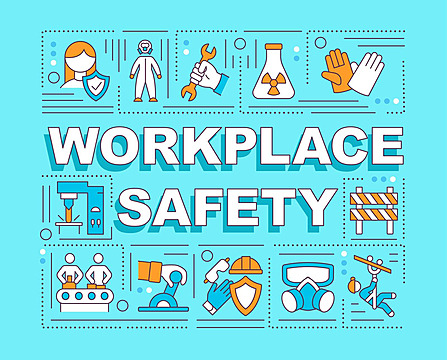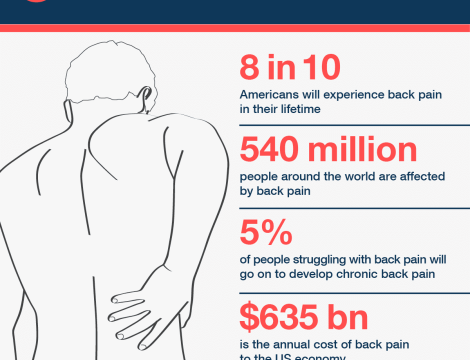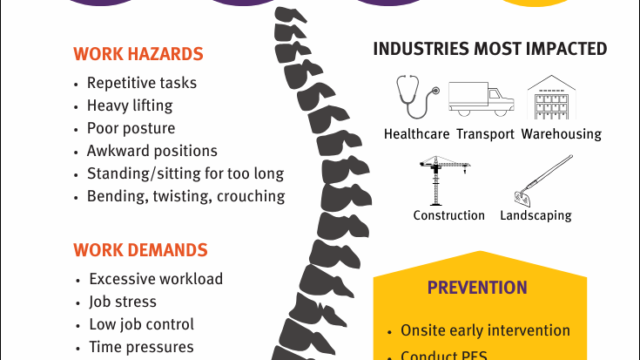Popular
Electrical Safety
Description
Course Outline
Module 1: Introduction to Electrical Safety
- Importance of electrical safety
- Common hazards associated with electricity
- Regulatory frameworks and standards (e.g., OSHA, NFPA 70E)
Module 2: Electrical Hazards and Risk Assessment
- Types of electrical hazards (shock, arc flash, arc blast, burns, etc.)
- Identifying potential hazards in the workplace
- Assessing and managing risks
Module 3: Electrical Safety Equipment and Tools
- Personal Protective Equipment (PPE) for electrical work
- Tools and devices for safe electrical operations
- Proper maintenance and inspection of tools
Module 4: Safe Work Practices
- Lockout/Tagout (LOTO) procedures
- Working with energized vs. de-energized equipment
- Approach boundaries and clearance distances
- Emergency response procedures
Module 5: Practical Application
- Case studies of electrical accidents and lessons learned
- Hands-on practice in identifying hazards and using safety tools
- Simulated exercises for applying safe work practices
Module 6: Review and Assessment
- Summary of key topics
- Knowledge assessment (written and practical tests)
- Feedback and Q&A session
Course Objectives
- Educate participants on the risks and hazards associated with electricity.
- Provide knowledge of regulatory requirements and industry standards for electrical safety.
- Equip participants with the skills to identify and mitigate electrical hazards.
- Develop a safety-first mindset for working with electrical systems.
- Ensure participants understand emergency response procedures.
Learning Outcomes
By the end of this course, participants will:
- Identify and classify electrical hazards in the workplace.
- Demonstrate understanding of regulatory standards and guidelines for electrical safety.
- Properly use and maintain electrical PPE and tools.
- Apply safe work practices, including Lockout/Tagout and approach boundaries.
- Respond appropriately to electrical emergencies and incidents.
Methodology
- Interactive Lectures: Use engaging presentations, videos, and real-world examples to deliver foundational knowledge.
- Hands-On Training: Allow participants to use PPE, tools, and equipment in a controlled, simulated environment.
- Case Studies: Analyze real-world incidents to reinforce the importance of safety practices.
- Group Activities: Conduct hazard identification exercises and safety drills to encourage teamwork and collaboration.
- Assessments: Include quizzes, scenario-based problem-solving exercises, and practical evaluations.
- Feedback and Reflection: Encourage participants to discuss their experiences and ask questions to solidify their understanding.
Location
Review
Write a ReviewThere are no reviews yet.


